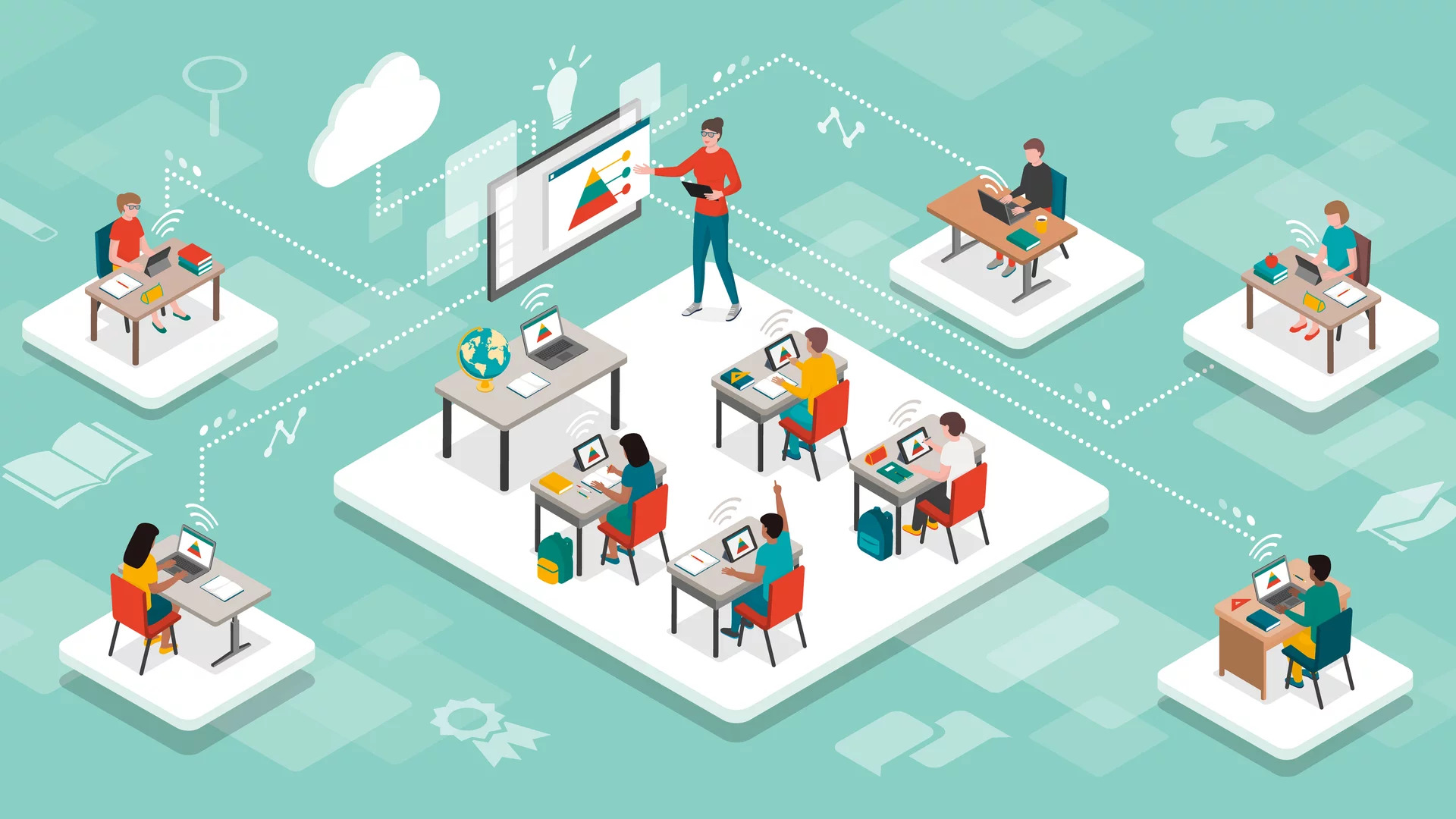In recent years, technology has played an increasingly significant role in education, revolutionizing the way students learn and interact. One of the less-discussed but equally important aspects of this transformation is how schools are using technology to tackle bad habits in students. This article explores the various ways technology is helping schools address issues such as poor time management, inattentiveness, unhealthy lifestyles, and academic dishonesty, ultimately fostering a more productive and well-rounded learning environment.
Time Management and Organization Tools
Bad habits such as poor time management and disorganization can hinder a student’s academic progress. Technology offers various tools and applications to help students overcome these challenges. Digital planners and calendars, such as Google Calendar and Trello, enable students to organize their schedules, set reminders, and allocate time for tasks more efficiently. Time-tracking apps like RescueTime and Toggl help students monitor how they spend their time, allowing them to identify time-wasting activities and adjust their habits accordingly. Gamification is another approach that can be beneficial for students; apps like Habitica gamify task management, encouraging students to complete tasks and develop good habits through rewards and friendly competition.
Enhancing Focus and Attention
In an age of digital distractions, maintaining focus and attention can be challenging for students. Technology offers various solutions to help students stay on track. Focus apps, such as Forest and Focus@Will, help students minimize distractions by blocking access to specific websites or apps during study sessions. Mindfulness and meditation apps, like Headspace and Calm, teach students mindfulness techniques, enabling them to reduce stress and improve focus. Adaptive learning platforms, such as DreamBox and Smart Sparrow, also play a role in keeping students engaged and attentive by adapting to each student’s learning pace.
Encouraging Healthy Lifestyles
Physical and mental well-being is crucial for academic success. Schools can leverage technology to promote healthy habits among students. Fitness trackers and apps like Fitbit and MyFitnessPal help students track their physical activity, sleep patterns, and nutrition, encouraging them to make healthier choices. Mental health apps, including Moodpath and Talkspace, offer resources and support for students struggling with mental health issues, promoting self-awareness and emotional well-being. Additionally, schools can provide students with access to digital health resources and courses, educating them on the importance of a balanced lifestyle and the consequences of bad habits.
Discouraging Vaping
Vaping has become problematic in many schools across the country. It’s popular with younger people, and is better than smoking but still comes with a myriad of problems that worry parents, teachers, and healthcare professionals. There are many ways to discourage vaping. Primarily schools will install a vape detector at different locations across the property. These act as a deterrent but they also, smartly, alert a nominated person/persons that the system has detected someone vaping. Using that information allows you to police the situation. If a school uses a vape detector in line with education, parental involvement, and local business support schools are able to turn the problem around.
Combating Academic Dishonesty
Technology can also help schools address academic dishonesty, a pervasive bad habit that undermines the integrity of the educational process. Plagiarism detection tools, such as Turnitin and Grammarly, help educators identify instances of plagiarism and hold students accountable for their work. Online proctoring services like ProctorU and Examity provide secure testing environments, reducing the likelihood of cheating during exams. These tools not only promote academic integrity but also encourage students to develop responsible study habits.
Social Skills Development and Collaboration
The effective use of technology in schools can foster collaboration and improve social skills among students. Online platforms such as Google Classroom and Microsoft Teams facilitate group projects, peer review, and other collaborative activities, allowing students to work together and develop essential communication skills. Additionally, virtual discussion boards and social media platforms can be utilized to promote healthy debate and respectful discourse, teaching students how to engage with diverse perspectives and opinions.
Skin Education
Skin is incredibly important to younger people because they’re at risk from dermatitis, eczema, etc. If they know about their skin and what irritates it, hurts it, makes it worse, they can avoid this happening. It’s also useful if they can get on board with what makes it better…the right eczema creams to use, etc. This education can be done through apps, through the internet and even local educators. Education regarding the skin is eminently important and gives the student a much higher sense of confidence.
As technology continues to advance, its role in education will only grow more significant. By leveraging these tools and resources, schools can help students overcome bad habits and foster a more productive, healthy, and successful learning environment. By tackling these challenges head-on, educators can empower students to reach their full potential and develop habits that will benefit them throughout their lives.









